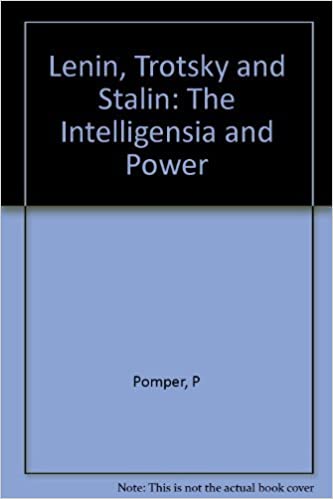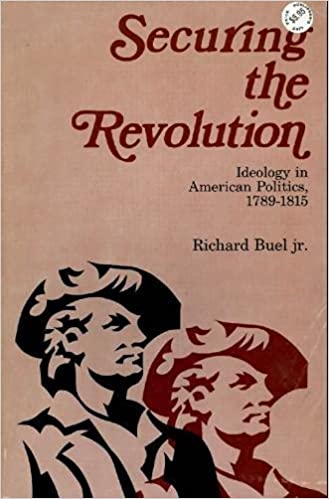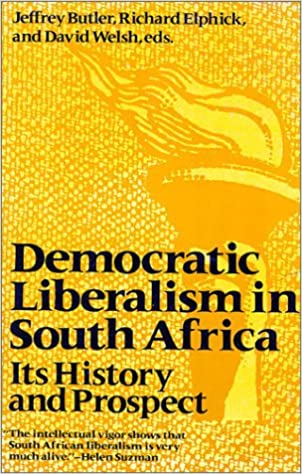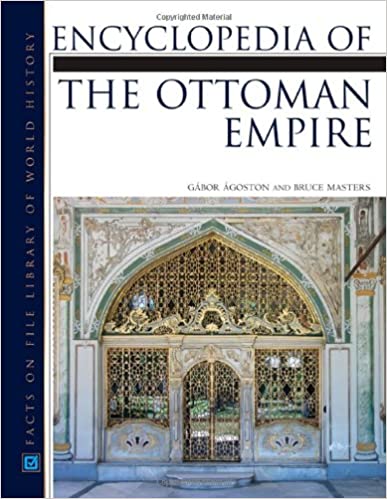-
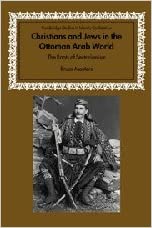
Christians and Jews in the Ottoman Arab World: The Roots of Sectarianism (Cambridge Studies in Islamic Civilization)
by
Read MoreWhile early communities lived within the hierarchy of Muslim law, the nineteenth century witnessed radical change. In response to Western influences, conflict erupted between Muslims and Christians across the empire. This marked the beginning of tensions that informed the rhetoric of religious fundamentalism in the empire's successor states throughout the twentieth century. Thus Masters negotiates the present through the past, contributing to our understanding of the contemporary Muslim world.
You can purchase this book here.
-

Friends in Life and Death: British and Irish Quakers in the Demographic Transition (Cambridge Studies in Population, Economy and Society in Past Time)
by
Read More
Professor Vann and Eversley have analysed the experiences of more than 8,000 Quaker families, involving over 30,000 individuals, to produce an unparalleled study of patterns of child-bearing, marriage, and death among a major religious grouping. The authors, wherever possible, compare the Quakers in the British Isles with the contemporary population of Britain and Ireland as a whole, as well as with those of France, Québec, and the American colonies.
You can purchase this book here.
-
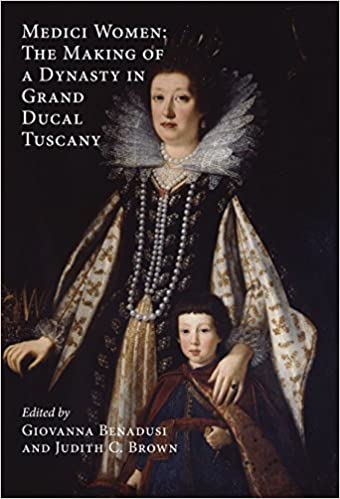
Medici Women: The Making of a Dynasty in Grand Ducal Tuscany
by
The Medici grand ducal family and the court it created in the sixteenth and seventeenth centuries have long fascinated historians and the general public.
Read MoreUntil recently, however, the women who married into the family or were born into it were relegated to the margins of history. Though long acknowledged as wives and mothers who contributed to the propagation of the Medici line, their function in the creation of the court, in shaping its culture, in contributing to the transformation of the state from a city-state republic to a principality, and in establishing the Medici’s place in the European network of dynastic rulers tended to be either ignored or maligned. It is only in the last decade or so that scholars have begun to reassess their roles and achievements. The aim of this book is to advance that reassessment.
“This is a rich, remarkably cohesive collection that significantly advances our understanding of European court culture, dynastic politics and the gendered practices of power in the early modern period. Taken together, these ten essays transform the way we view the creation of the Medici dynasty … and offer valuable new perspectives on women as cultural agents.”
— Sharon Strocchia, Emory UniversityYou can purchase this book here.
-

-

Immodest Acts: The Life of a Lesbian Nun in Renaissance Italy (Studies in the History of Sexuality)
by
Read MoreNot only is the story revealed in Immodest Acts that of the rise and fall of a powerful woman in a church community and a record of the life of a religious visionary, it is also the earliest documentation of lesbianism in modern Western history.
Born of well-to-do parents, Benedetta Carlini entered the convent at the age of nine. At twenty-three, she began to have visions of both a religious and erotic nature. Benedetta was elected abbess due largely to these visions, but later aroused suspicions by claiming to have had supernatural contacts with Christ. During the course of an investigation, church authorities not only found that she had faked her visions and stigmata, but uncovered evidence of a lesbian affair with another nun, Bartolomeo. The story of the relationship between the two nuns and of Benedetta's fall from an abbess to an outcast is revealed in surprisingly candid archival documents and retold here with a fine sense of drama.
-
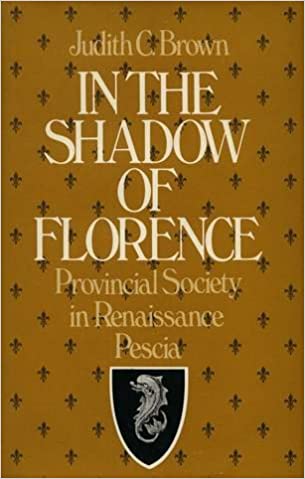
In the Shadow of Florence: Provincial Society in Renaissance Pescia
by
-
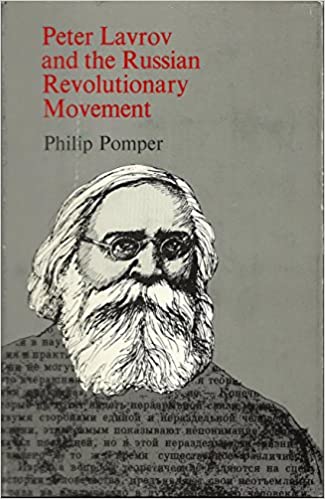
Peter Lavrov and the Russian Revolutionary Movement
by Philip Pomper (Author)
Peter Lavrov has possibly been the most neglected of all major figures in the history of the Russian revolutionary movement. In the U.S.S.R. he was posthumously "purged" under Stalin, and he has not been totally "rehabilitated" since then.
Read MoreLavrov's early career reflected his gentry origins and his development as an extraordinary polymath. During the intellectual debates of the 1850s in St. Petersburg he began to formulate the philosophical bases for his later revolutionary theories. In the 1860s he associated with student insurgents and engaged in radical publishing ventures - activities for which he was eventually arrested and sentenced to exile in a northern province. Shortly after escaping to Paris with the help of friends, Lavrov began his career as a radical emigre publicist. He was best-known as a theoretician for his Historical Letters, which were an important influence on revolutionary populism. In this context, Lavrov's theories exerted a broad and deep influence on revolutionary groups in Russia. Pomper traces the history of Lavrov's revolutionary pursuits from his role as a prophet of the preparationist strategy of the early 1870s through his involvement in the strategic debates and innovations between the mid 1870s and 1900. Of central importance are Lavrov's concessions to Bakuninism and his eventual acceptance of terrorism as an instrument of revolution. Lavrov was a member of the Russian gentry who promoted the cause of democracy, an intellectual who felt he must prepare the self-liberation of the masses. The paradoxes of his development as a revolutionary thinker were the result of a wish to reconcile a number of disparate viewpoints. A syncretic and synthetic thinker, Lavrov reflected in his ideas all the major intellectual trends of 19th century Russia. Pomper fully examines the dynamic relationship between Lavrov's personality, philosophy, and affiliation with revolutionary socialism in general and with the Russian revolutionary movement.
You can purchase this book here.
-
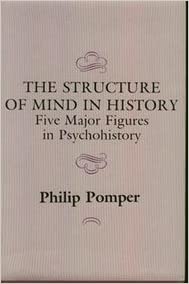
-
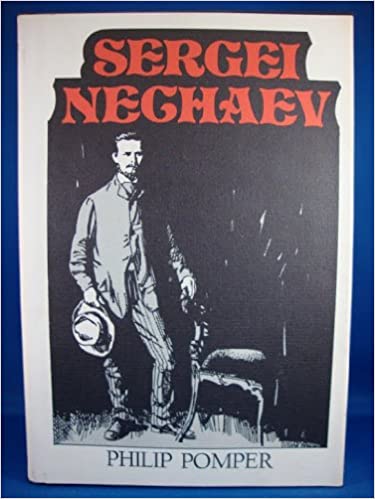
-
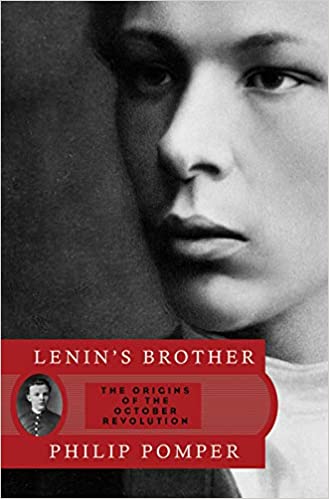
Lenin's Brother: The Origins of the October Revolution
by
Read More
History has largely forgotten Alexander, but for the most important consequence of his execution: his younger brother, Vladimir, went on to lead the October Revolution of 1917 and head the new Soviet government under his revolutionary pseudonym “Lenin.”
Probing the Ulyanov family archives, historian Philip Pomper uncovers Alexander’s transformation from ascetic student to terrorist, and the impact his fate had on Lenin. Vividly portraying the psychological dynamics of a family that would change history, Lenin’s Brother is a perspective-changing glimpse into Lenin’s formative years―and his subsequent behavior as a revolutionary. 11 black-and-white illustrations.You can purchase this book here.
-
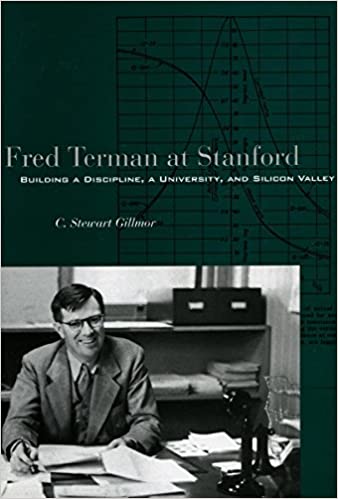
Fred Terman at Stanford: Building a Discipline, a University, and Silicon Valley
by
Read More
This biography focuses on the weave of personality and place across time―it examines Terman as a Stanford faculty child growing up at an ambitious little regional university; as a young electrical engineering professor in the heady 1920s and the doldrums of the Depression; as an engineering manager and educator in the midst of large-scale wartime research projects and the postwar rise of Big Science and Big Engineering; as a university administrator on the razor’s edge of great expectations and fragile budgets; and, finally, as a senior statesman of engineering education. The first doctoral student of Vannevar Bush at M.I.T., Terman was himself a prodigious teacher and adviser to many, including William Hewlett and David Packard. Terman was widely hailed as the magnet that drew talent together into what became known as Silicon Valley.
Throughout his life, Fred Terman was constant in his belief that quality could be quantified, and he was adamant that a university’s success must, in the end, be measured by the success of its students. Fred Terman’s formula for success, both in life and for his university, was fairly simple: hard work and persistence, systematic dedication to clearly articulated goals, accountability, and not settling for mediocre work in yourself or in others.
You can purchase this book here.
-
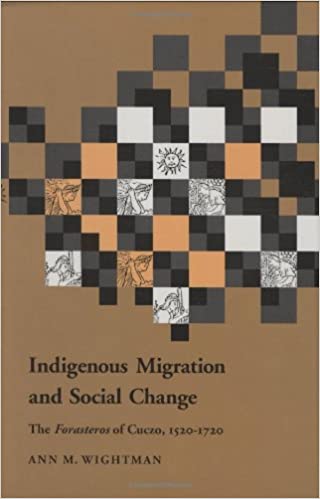
Indigenous Migration and Social Change : The Forasteros of Cuzco, 1570-1720
Read MoreThese migrants, or “wanderers,” offended the bureaucratic sensibilities of the Spanish administration, as they also frustrated their tax and revenue efforts. Ann M. Wightman’s research on these early “undocumentals” in the Cuzco region of Peru reveals much of importance on Andean society and its adaptation and resistance to Spanish cultural and political hegemony. The book thereby informs our understanding of social change in the colonial period.
Wightman shows that the dismissal of the forasteros as marginalized rural poor is superficial at best, and through laborious and painstaking archival research she presents a clear picture of the transformation of traditional society as the native populations coped with the disruptions of the conquest—and in doing so, reveals the reciprocal adaptations of the colonial power. Her choice of Cuzco is particularly appropriate, as this was a “heartland” region crucial to both the Incan and Spanish empires. The questions addressed by Wightman are of great concern to current Andean ethnohistory, one of the liveliest areas of such research, and are sure to have an important impact.
You can purchase this book here.
-
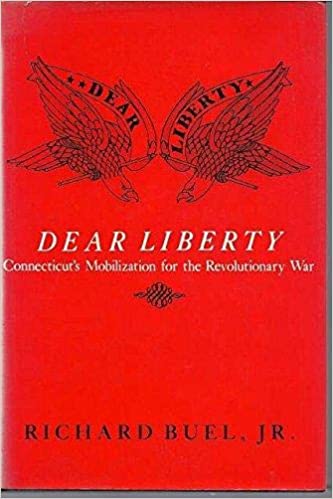
Dear Liberty: Connecticut's Mobilization for the Revolutionary War
by
-
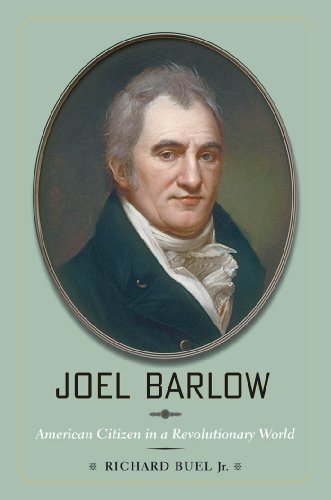
Joel Barlow ; American Citizen in a Revolutionary World
by
Read More
Barlow was a citizen of the revolutionary world, and his adventures throughout the United States and Europe during both the American and French Revolutions are numerous and notorious. From writing his epic poem, The Vision of Columbus, to plotting a republican revolution in Britain to negotiating the release of American sailors taken captive by Barbary pirates, Joel Barlow personified the true spirit of the tumultuous times in which he lived.No one witnessed more climactic events or interacted with more significant people than Joel Barlow. It was his unique vision, his unfailing belief in republicanism, and his entrepreneurial spirit that drove Barlow to pursue the revolutionary ideal in a way more emblematic of the age than the lives of many of its prominent heroes. Buel is a knowledgeable guide, and in telling Barlow's story he explores the cultural landscape of the early American republic and engages the broader themes of the Age of Revolution. Few books explore in such a comprehensive fashion the political, economic, ideological, diplomatic, and technological dimensions of this defining moment in world history.
You can purchase this book here.
-
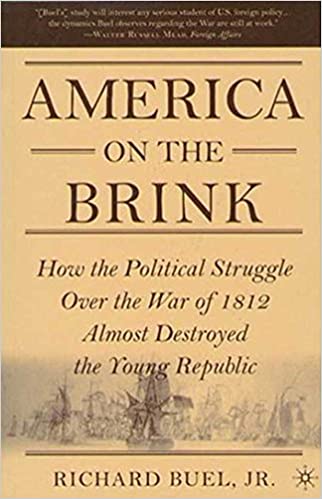
America on the Brink: How the Political Struggle Over the War of 1812 Almost Destroyed the Young Republic
by
Many people would be surprised to learn that the struggle between Thomas Jefferson's Republican Party and Alexander Hamilton's Federalist Party defined--and jeopardized--the political life of the early American republic.
Read MoreAmerica on the Brink looks at why the Federalists, who worked so hard to consolidate the federal government before 1800, went to great lengths to subvert it after Jefferson's election. In addition to taking the side of the British in the diplomatic dance before the war, the Federalists did everything they could to impede the prosecution of the war, even threatening the Madison Administration with a separate peace for New England in 1814. Readers fascinated by the world of the Founding Fathers will come away from this riveting account with a new appreciation for how close the new nation came to falling apart almost fifty years before the Civil War.
You can purchase this book here.
-
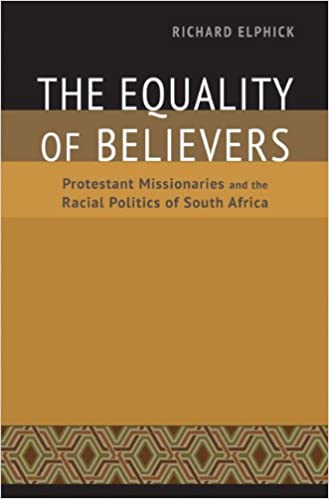
The Equality of Believers: Protestant Missionaries and the Racial Politics of South Africa (Reconsiderations in Southern African History)
by
Read MoreThe Equality of Believers reconfigures the narrative of race in South Africa by exploring the pivotal role played by these missionaries and their teachings in shaping that nation’s history.
The missionaries articulated a universalist and egalitarian ideology derived from New Testament teachings that rebuked the racial hierarchies endemic to South African society. Yet white settlers, the churches closely tied to them, and even many missionaries evaded or subverted these ideas. In the early years of settlement, the white minority justified its supremacy by equating Christianity with white racial identity. Later, they adopted segregated churches for blacks and whites, followed by segregationist laws blocking blacks’ access to prosperity and citizenship―and, eventually, by the ambitious plan of social engineering that was apartheid.
Providing historical context reaching back to 1652, Elphick concentrates on the era of industrialization, segregation, and the beginnings of apartheid in the first half of the twentieth century. The most ambitious work yet from this renowned historian, Elphick’s book reveals the deep religious roots of racial ideas and initiatives that have so profoundly shaped the history of South Africa.
You can purchase this book here.
-
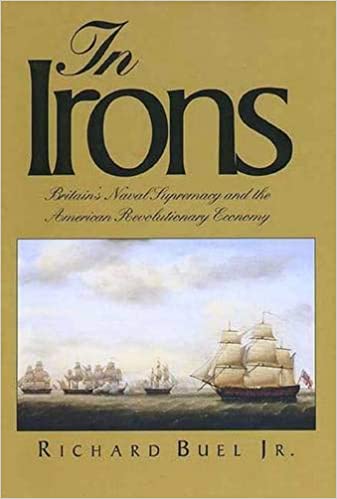
In Irons: Britain`s Naval Supremacy and the American Revolutionary Economy
by
America's Revolutionary War economy.
Read MoreBuel discusses the damage that Britain inflicted by seizing major colonial centers and denying Americans access to overseas markets, and he shows how both Spain and France bolstered the economic survival of the infant republic.
You can purchase this book here.
-
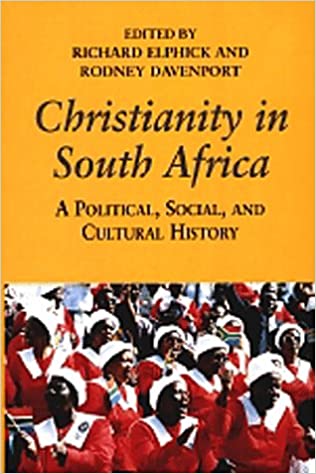
Christianity in South Africa: A Political, Social, and Cultural History (Perspectives on Southern Africa)
by
Read More
This tightly constructed and vigorously written book—a collaboration of thirty specialists working in seven countries—situates Christianity for the first time in the broad political, social, and economic context of South African history; it also traces a variety of religious movements and their histories both before and during apartheid.
Perhaps nowhere in the African continent is the study of Christianity as fascinating, complex, or contentious as in South Africa. In the twentieth century South Africans have used Christian doctrine both to justify and to oppose doctrines of racial segregation, and Christian leadership provided much of the impetus for the founding of the African National Congress in 1912. But the history of South African Christianity is found for the most part in local, or "micro" narratives, while the highly elaborated "macro" narratives of colonialism, capitalism, and liberation—the backbone of the conventional histories of South Africa—assign Christianity a marginal role, or no role at all. This volume seeks to insert the Christian micro-narratives into the macro-narratives of South African history, providing for the first time an in-depth, cohesive look at Christianity in South Africa.You can purchase this book here.
-
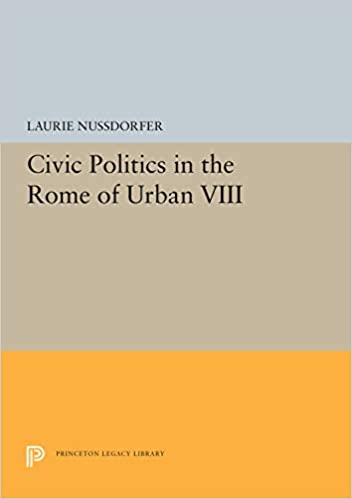
Civic Politics in the Rome of Urban VIII (Princeton Legacy Library, 5411)
by
Read More
Focusing on the S.P.Q.R. (the Senate and Roman People), which was administered from the Capitoline Hill, she shows that it provided political representation for lay members of the urban elite, carried out the work of local government, and served as a symbol of the Roman voice in public life. Through a detailed study of how civic authorities derived their sense of legitimacy and how lay subjects maneuvered in informal and disguised ways to block or criticize the papal regime, the author advances a new way of conceiving politics under an absolute ruler. As Nussdorfer analyzes the complex interactions between the lay administration and Urban VIII and his family, the papal administration, and Romans of the upper and lower classes, she also provides fresh insights into the actual practice of early modern government. She takes the plague threat of the early 1630s, the War of Castro (1641-1644), and the interregnum following the pope's death as important test cases of the state's power in times of crisis.
You can purchase this book here.
-
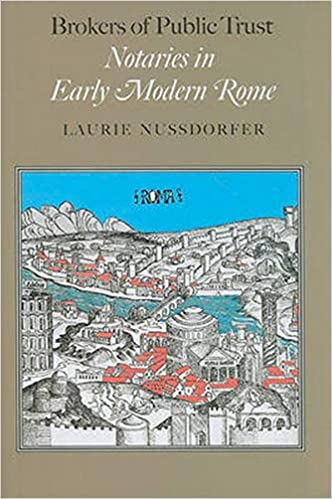
Brokers of Public Trust: Notaries in Early Modern Rome
by
Read More
Notarial acts often go unnoticed, but they are essential to understanding the history of writing practices and attitudes toward official documentation. Based on new archival research, Brokers of Public Trust focuses on the government officials, notaries, and consumers who regulated, wrote, and purchased notarial documents in Rome between the 14th and 18th centuries. Historian Laurie Nussdorfer chronicles the training of professional notaries and the construction of public archives, explaining why notarial documents exist, who made them, and how they came to be regarded as authoritative evidence. In doing so, Nussdorfer describes a profession of crucial importance to the people and government of the time, as well as to scholars who turn to notarial documents as invaluable and irreplaceable historical sources.
This magisterial new work brings fresh insight into the essential functions of early modern Roman society and the development of the modern state.
You can purchase this book here.
-
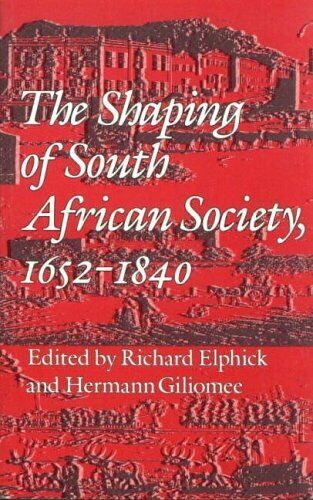
Shaping of South African Society, 1652-1820
by
-

-
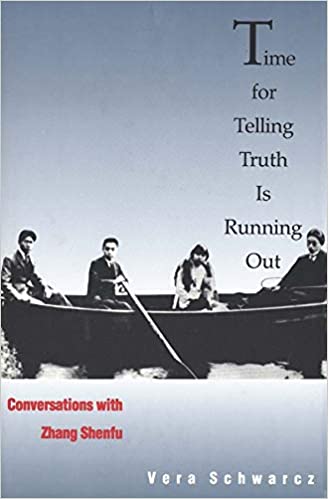
Time for Telling Truth is Running Out: Conversations with Zhang Shenfu
by
Read More
Zhang Shenfu, a founder of the Chinese Communist party, participated in all the major political events in China for four decades following the Revolution of 1919. Yet Zhang had become a forgotten figure in China and the West―a victim of Mao's determined efforts to place himself at the center of China's revolution―until Vera Schwarcz began to meet with him in his home on Wang Fu Cang Lane in Beijing. Now Schwarcz brings Zhang to life through her poignant account of five years of conversations with him, a narrative that is interwoven with translations of his writings and testimony of his friends.Moving circuitously, Schwarcz reveals fragments of the often contradictory layers of Zhang's character: at once a champion of feminism and an ardent womanizer, a follower of the Bertrand Russell who also admired Confucius, and a philosophically inclined political pragmatist. Schwarcz also meditates on the tension between historical events and personal memory, on the public amnesia enforced by governments and the "forgetfulness" of those who find remembrance too painful. Her book is not only a portrait of a remarkable personality but a corrective to received accounts and to the silences that abound in the official annals of the Chinese revolution.You can purchase this book here. -
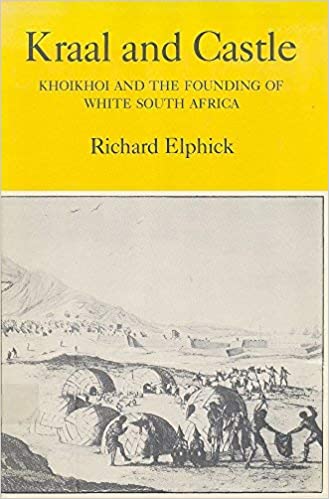
Kraal and Castle: Khoikhoi and the Founding of White South Africa
by
You can purchase this book here.
-
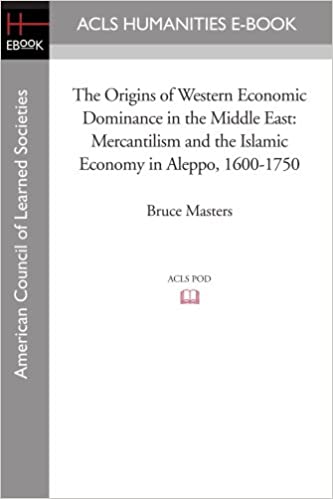
The Origins of Western Economic Dominance in the Middle East: Mercantilism and the Islamic Economy in Aleppo, 1600-1750 (New York University Studies ... Civilization: Acls History E-book Project)
by
Read More
It offers a balance to Euro-centric works about the economic relations between the Middle East and the West in this time period. The book is intended for those interested in Mid-East history and economics, the Ottoman Empire, relations between the Middle East and the West, and the influence of Islam on Middle East politics. In the 18th century, the Ottoman Empire began to lose its economic independence, reversing the commercial relationship which had existed between the Middle East and Europe for centuries. This study offers a balance to the many works written from a European vantagepoint which have dealt with the incorporation of the Middle East into an economic relationship dominated by Europe. It illustrates how individual Middle Easterners, both merchants and government officials, took an active role in this exchange, experiencing significant economic gain from economic links to Europe. Adhering to Islamic theories of political economy, the Ottoman Empire was also often an unwitting agent in the changes which were occurring in the region's relationship with the West. Master's emphasis on the ideological role of Islam in determining Ottoman state policy toward industry and commerce gives this work its focus.
You can purchase this book here.
-
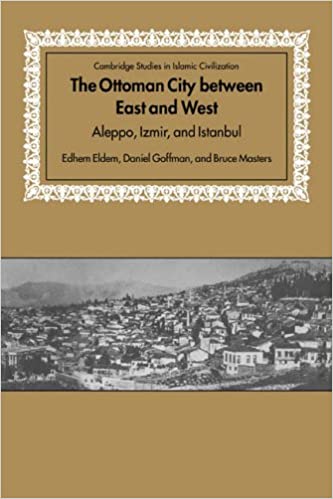
Ottoman City between East and West (Cambridge Studies in Islamic Civilization)
by
Read More
By considering the histories of three Ottoman cities in the seventeenth and eighteenth centuries, they depart from the piecemeal methods of previous studies to emphasize the importance of these cities and to highlight their essentially Ottoman character. While the essays provide an overall view, each can be approached separately. Their exploration of the sources and the agendas of those who have conditioned our understanding of these cities will make them essential reading for students.
You can purchase this book here.
-
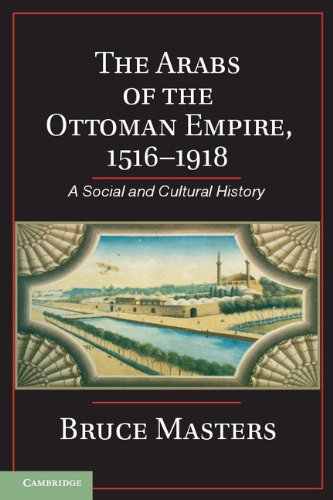
The Arabs of the Ottoman Empire, 1516–1918: A Social and Cultural History
by
The Ottomans ruled much of the Arab World for four centuries. Bruce Masters's work surveys this period, emphasizing the cultural and social changes that occurred against the backdrop of the political realities that Arabs experienced as subjects of the Ottoman sultans.
Read MoreThe persistence of Ottoman rule over a vast area for several centuries required that some Arabs collaborate in the imperial enterprise. Masters highlights the role of two social classes that made the empire successful: the Sunni Muslim religious scholars, the ulama, and the urban notables, the acyan. Both groups identified with the Ottoman sultanate and were its firmest backers, although for different reasons. The ulama legitimated the Ottoman state as a righteous Muslim sultanate, while the acyan emerged as the dominant political and economic class in most Arab cities due to their connections to the regime. Together, the two helped to maintain the empire.
You can purchase this book here.

